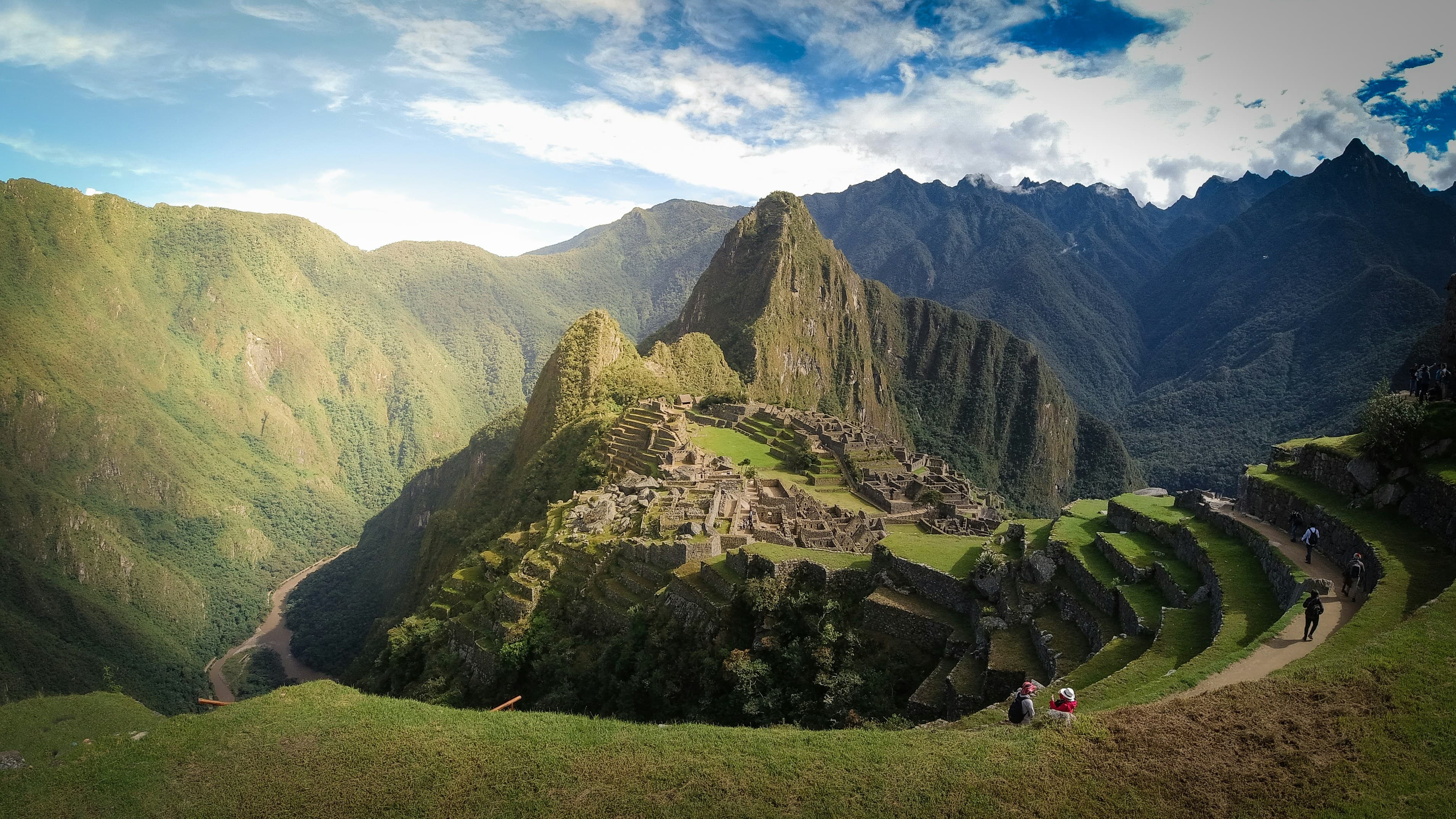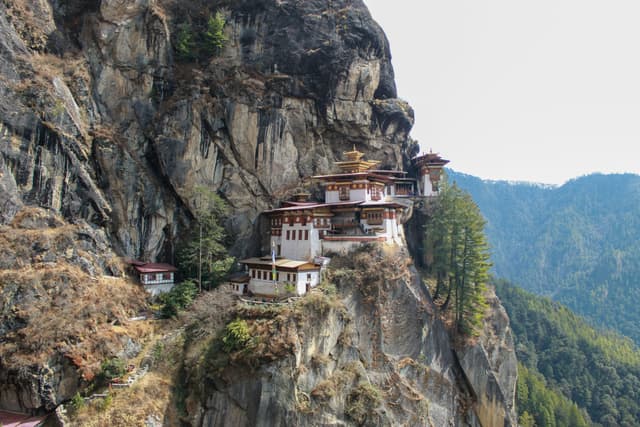There are places in the world where time feels like a presence, not just a concept. Places where every stone seems to whisper stories, every mountain looms like a guardian, and every path takes you both outward and inward. Cusco and Machu Picchu — twin jewels of Peru — are exactly that. A journey through these ancient lands is more than a bucket list item; it’s a spiritual homecoming, even if you’ve never been before.
Cusco: The Heartbeat of the Andes
At over 11,000 feet above sea level, Cusco is a city that literally takes your breath away. But it’s not just the altitude — it’s the blend of Inca heritage and colonial Spanish architecture, the vibrant markets, the cobblestone streets, and the feeling that, here, history is still unfolding.
Walking through Cusco’s historic center feels like flipping through a living history book. One moment, you’re standing in the Plaza de Armas, surrounded by cathedrals with baroque facades and intricate wooden balconies. The next, you're tracing your fingers along the impossibly perfect stonework of Hatun Rumiyoc Street, where massive Inca stones — some with 12 angles — still hold centuries of precision.
Locals sit on church steps selling hand-woven scarves and alpaca wool ponchos, and the scent of roasted corn and grilled meats drifts from tiny restaurants tucked into alleyways. And overhead, always, are the towering Andes, watching in quiet patience.
The Sacred Valley: Where Earth Meets Sky
Before heading to Machu Picchu, most travelers pass through the Sacred Valley — a wide stretch of green framed by peaks and scattered with ruins, villages, and farms. But “passing through” is hardly the right phrase. The Sacred Valley demands to be experienced slowly.
In Pisac, you’ll find ancient agricultural terraces carved into hillsides and a lively market where you can bargain for colorful textiles and silver jewelry. In Ollantaytambo, the fortress ruins climb dramatically above a sleepy town that still follows Inca urban planning.
One evening, I watched the sunset from the terrace of a family-run guesthouse overlooking the Urubamba River. The air turned gold, the mountains deepened in shadow, and the silence felt sacred. It’s moments like these that make the Sacred Valley more than a detour — it’s a spiritual primer for what lies ahead.
The Train to Machu Picchu: Anticipation on Rails
There’s something nostalgic about boarding a train to a mysterious place — it evokes tales of adventurers, maps, and secrets. The train from Ollantaytambo to Aguas Calientes winds through dramatic Andean landscapes, along rivers that tumble over rocks and through cloud-kissed valleys.
Some trains offer panoramic windows, and you’ll want them. The scenery becomes more lush, more alive, as you descend in altitude. Jungle begins to replace alpine grassland, and the air grows heavier with moisture. It’s a slow, poetic transition — like nature preparing you for revelation.
Aguas Calientes: Gateway to the Lost City
Aguas Calientes is the town that hugs the base of Machu Picchu. It’s a mix of practicality and charm — hotels, restaurants, souvenir shops, all clinging to the steep hills and rail tracks. The town itself doesn’t hold much allure, but it doesn’t need to. Everyone is here for one reason.
But spend an evening here and you’ll notice small wonders: a young couple soaking in the hot springs after a long hike, a cook carefully wrapping coca leaves in a steaming kitchen, the sound of the river crashing through town like a relentless hymn.
Sleep comes early. Machu Picchu beckons with the dawn.
The Climb to Machu Picchu: More Than a Hike
Most travelers wake before sunrise to queue for the bus that snakes up the mountain. The road is narrow and dizzying, carved into the cliffs with nothing but green abyss on one side. But what awaits at the top is worth every twist and turn.
The first time you walk through the entrance gate and step into the open terraces of Machu Picchu, the world stops. The mountains rise around you like walls of an ancient amphitheater. The ruins unfold with silent grandeur: stairways, altars, agricultural terraces, watchtowers, fountains — all etched in harmony with the land.
And if you’re lucky, you’ll see it in the morning mist, slowly unveiled like a secret. It’s not a postcard view. It’s something deeper — a feeling of reverence, of gratitude, of awe.
Machu Picchu: A City in the Sky
There are many theories about Machu Picchu’s purpose: a royal estate, a religious sanctuary, an astronomical observatory. But none fully explain its complexity, its perfection, or its location. Maybe that’s why it captivates us. Not because we understand it, but because we don’t.
Walk among the stones, and you begin to see patterns. The Temple of the Sun, aligned with solstices. The Intihuatana stone, believed to anchor the sun. The trapezoidal windows, earthquake-resistant architecture, and the ingenious water system — all reveal a people who lived in rhythm with the cosmos.
It’s not just what the Inca built, but how they built it — without wheels, without iron tools, without mortar. They respected the mountain. They listened to it. And somehow, they made it sing.
Huayna Picchu and the View That Changes You
If you’re lucky (and brave), you’ll climb Huayna Picchu, the steep peak that towers behind the citadel in every iconic photo. The hike is intense — narrow stairs, sheer drops, slippery rocks — but the view from the top is beyond description.
From there, Machu Picchu looks like a living thing — nestled between peaks, veiled in clouds, untouched by time. You sit on a ledge, heart pounding from the climb, and feel both infinite and infinitesimal.
You don’t need words. Just breath.
The Descent: Taking Something With You
Leaving Machu Picchu is hard. Not physically — the buses are ready to take you back down — but emotionally. It’s as if you’ve glimpsed another dimension, and now must return to normal life with dust on your shoes and something unnameable in your chest.
But that’s the gift of places like this: they don’t just give you memories — they change your posture toward the world.
You walk slower. You observe more. You feel humbled.
Travel Tips from Experience
Acclimatize in Cusco: Spend a few days there before heading higher or doing physical activity. Altitude sickness is real.
Travel light: You won’t need much. And moving through the Sacred Valley is easier with a small backpack.
Wake up early: For Machu Picchu, aim to get the first bus or hike up pre-dawn. The light and the quiet are unforgettable.
Respect the land: These are sacred spaces. Don’t climb ruins, don’t litter, don’t shout.
Talk to locals: Learn about Inca traditions, Quechua culture, and daily life. Peru isn’t just ruins — it’s people, past and present.
A Place That Waited for You
In the end, visiting Cusco and Machu Picchu isn’t about ticking a box on your list. It’s about returning to a place you didn’t know you missed. A place that has waited — in patience, in silence, in stone — for you to arrive, look, and feel.
Because some journeys aren’t about where you go. They’re about what you discover when you get there.
And in the mountains of Peru, if you’re paying attention, you might just discover yourself.
Loading...



